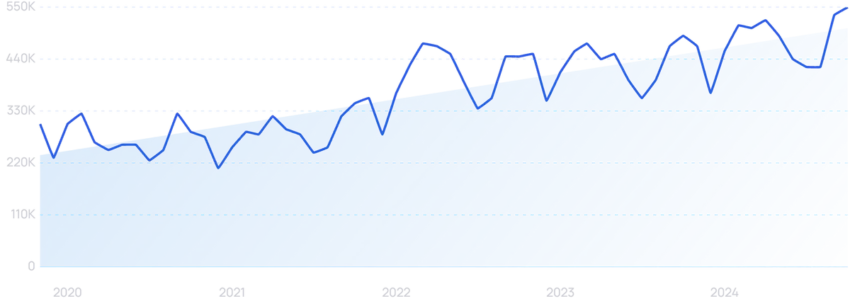TL;DR Summary of The Rise of TikTok Shop and the Future of Social Commerce
Optimixed’s Overview: How Social Commerce Platforms Are Transforming Retail in 2025 and Beyond
Social Commerce: A New Era of Discovery-Driven Shopping
Unlike traditional e-commerce, which is often intent-led, social commerce thrives on discovery. Users encounter products organically within their social feeds, especially on video-first platforms like TikTok. This shift has led to a surge in purchases without users leaving the app, with 34% of US consumers aged 18-34 shopping weekly on social media. The ecosystem includes brands, influencers, and innovative features such as live shopping streams, making consumer engagement more interactive and authentic.
The Dominance of TikTok Shop
- TikTok Shop has become the fastest-growing retailer in 2024, boasting over 500,000 merchants in the US and monthly sales exceeding $1 billion.
- Its user base is predominantly young, with 65.9% aged 18-34, perfectly aligning with the prime social commerce demographic.
- The platform leverages video content and live shopping to boost engagement, exemplified by record-breaking livestream sales such as a UK beauty startup generating over $2 million in 12 hours.
- TikTok’s US sales grew 120% year-over-year by mid-2025, reflecting massive consumer adoption.
Emerging Competitors and Platforms Expanding Social Commerce
While TikTok leads, other platforms are innovating to capture social commerce market share:
- Pinterest focuses on visual search and shopping with features like Pinterest Lens, catering to a predominantly female, Gen Z audience who treat the platform as a shopping wishlist.
- Instagram integrates Checkout and Shopping features to enable seamless in-app purchases, with 37.3% of US users expected to shop via Instagram in 2025.
- YouTube explores social commerce with product tagging and affiliate tools, capitalizing on consumer habits of seeking video product reviews.
Challenges and Future Outlook
Despite rapid growth, social commerce faces hurdles such as consumer trust issues—52% of non-shoppers cite lack of trust—and concerns about platform security. Regulatory challenges loom as well, notably surrounding TikTok’s uncertain future in the US market due to national security concerns. Meanwhile, third-party tools like Beacons.AI and CommentSold help creators and brands monetize social followings in the evolving landscape.
Looking ahead, social commerce is projected to become a $1 trillion industry by 2028, driven by increasing spending power of younger generations and continuous innovation by platforms. Brands are encouraged to build strong social presences and leverage powerful analytics and trend tools to stay ahead in this transformative retail environment.
